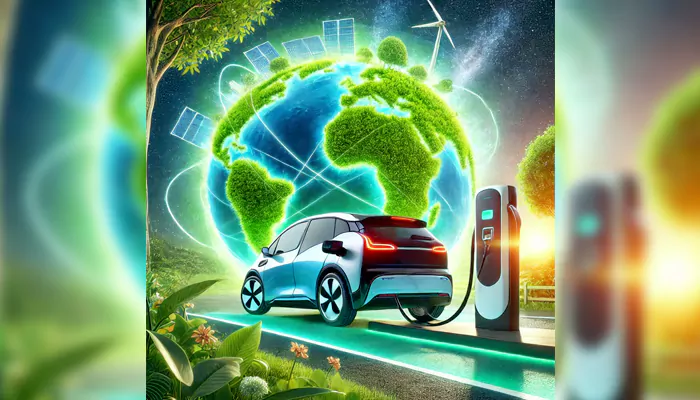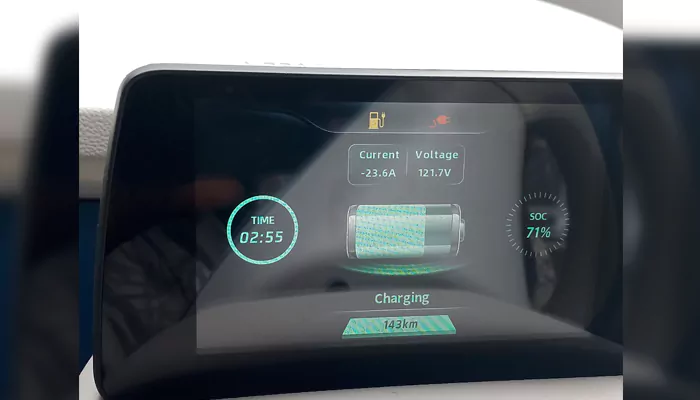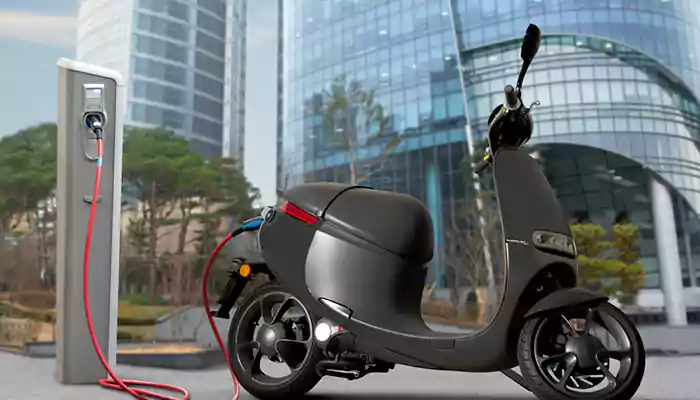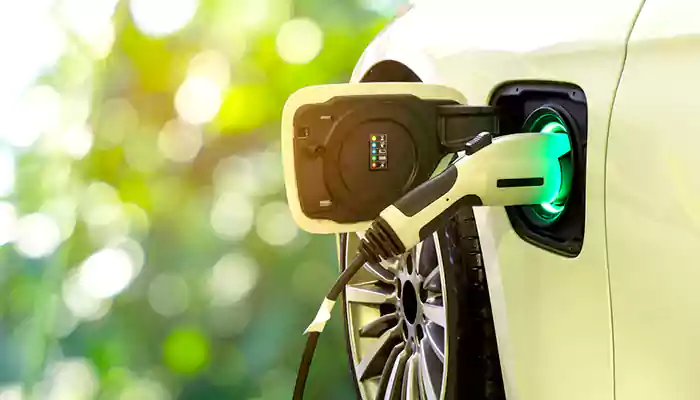World EV Day: India's EV Growth Projections Signal a Green Mobility Future
- Soham Halder
- 1 year ago
- 4 minutes read

On September 9, the World EV Day is celebrated to raise awareness about the need for adoption and benefits of electric vehicles (EVs).
Powered by an electric motor, an EV draws electricity from battery, capable of being charged from any external source. As these vehicles produce totally zero tailpipe emissions, they significantly reduce greenhouse gases along with air pollutants contributing to health issues and global warming. Rising pollution, global warming, and unprecedented risks have shifted the focus of car manufacturers to reduce carbon footprints. Currently, almost every major car manufacturer invests largely in electric vehicle (EV) technology. Despite these efforts, is EV industry growing? What’s Next for Electric Vehicles? Let's analyze through global growth in recent years and industry predictions.

Global EV Boom:
After a steady growth over the past decade, the EV market is projected to touch US$6.86 trillion by 2033, at a Compound Annual Growth Rate (CAGR) of 6.77%.
World Focusing at India's Growth:
The world is looking at India as the nation is world's largest producer of two and three-wheelers. India ranks second in number of bus manufacturing yearly. Currently, the automotive industry contributes around 7.1% of India's Gross Domestic Product (GDP), whereas 49% accounts for manufacturing sector.
EV’s Growth Projection in Indian Market:
In 2023, the EV sales increased by 50% than the previous year to reach 1.5 million units in 2023 in India. At least 85-90 % of these sales belong to two-wheelers.

(Credit - @TheiaVentures X handle)
The Indian EV market was valued at US $2 billion in 2023. As per the recent projections, it could reach US $7.09 billion by 2025. Industry experts predicted a 10 million annual sales of domestic EVs by 2030.
The Ministry of Road Transport and Highways announced an ambitious decarbonization project named EV30@30. Through this mission, 30% of newly registered private cars, 40% of buses, 70% of commercial cars, as well as 80% of 2-wheelers and 3-wheelers are targeted to be electrified by 2030.
Announced during COP26, EV30@30 campaign will focus on decreasing carbon emissions in the energy sector by 50%.
Infrastructure Development:
As of February 2024, there are 12,146 operational public EV charging stations across India, with Maharashtra on the top of the list followed by Delhi and other states. A recent Confederation of Indian Industry (CII) report mentioned about the demand for establishing around 1.32 million charging stations by 2030, considering rapid growth in sales.

(Credit - @cecic_ug X handle)
EV Startups on the Rise:
The cost gap between electric and Internal Combustion Engine Vehicles (ICEVs) is slowly narrowing due to modern battery technology along with supportive government policies. This is motivating many startups to grow in India's dynamic landscape. India's EV battery market is expected to grow from US$ 16.77 billion in 2023 to US$ 27.70 billion by 2028, according to Fortune Business Insights.
With more than 150 operational EV related startups, Indian EV market is undergoing remarkable expansion, which has the potential generate to generate 5 crore jobs in EV-related sectors.
Satisfactory Growth?
The race to electrify cars is not so fast these days. In the past few months, several automakers like Volvo, Ford, Mercedes-Benz pulled back several plans for previously announced electric models. However, the industry experts are optimistic about the promising future of EV market.
🌍 𝟱 𝗪𝗮𝘆𝘀 𝗘𝗹𝗲𝗰𝘁𝗿𝗶𝗰 𝗩𝗲𝗵𝗶𝗰𝗹𝗲𝘀 𝗮𝗿𝗲 𝗖𝗵𝗮𝗻𝗴𝗶𝗻𝗴 𝘁𝗵𝗲 𝗪𝗼𝗿𝗹𝗱!
— Blink Charging (@BlinkCharging) September 3, 2024
Electric vehicles are revolutionizing how we drive, live, and interact with our environment.
Here are five incredible ways EVs are making a difference!#EV #WorldEVDayCountdown pic.twitter.com/cid8nz8ub3
(Credit - @BlinkCharging X handle)
For customers, transitioning from ICEV to EVs is more than only economic shift. EVs offer notable cost savings in fuel as well as maintenance. EVs run at about one-eighth the cost of small petrol cars and have just 1% of the total moving parts than ICEVs. Now, adopting to EV is not just an industry trend, it's a movement for a greener and sustainable future.
To achieve a sustainable transition into electric mobility, a robust support from all stakeholders including industries, governments, and consumers are required. Governments need to provide incentives and essential infrastructure like charging stations. Industries should invest in research and development (R&D) focusing on innovation and cost reductions. This demands support and awareness from consumers too.












